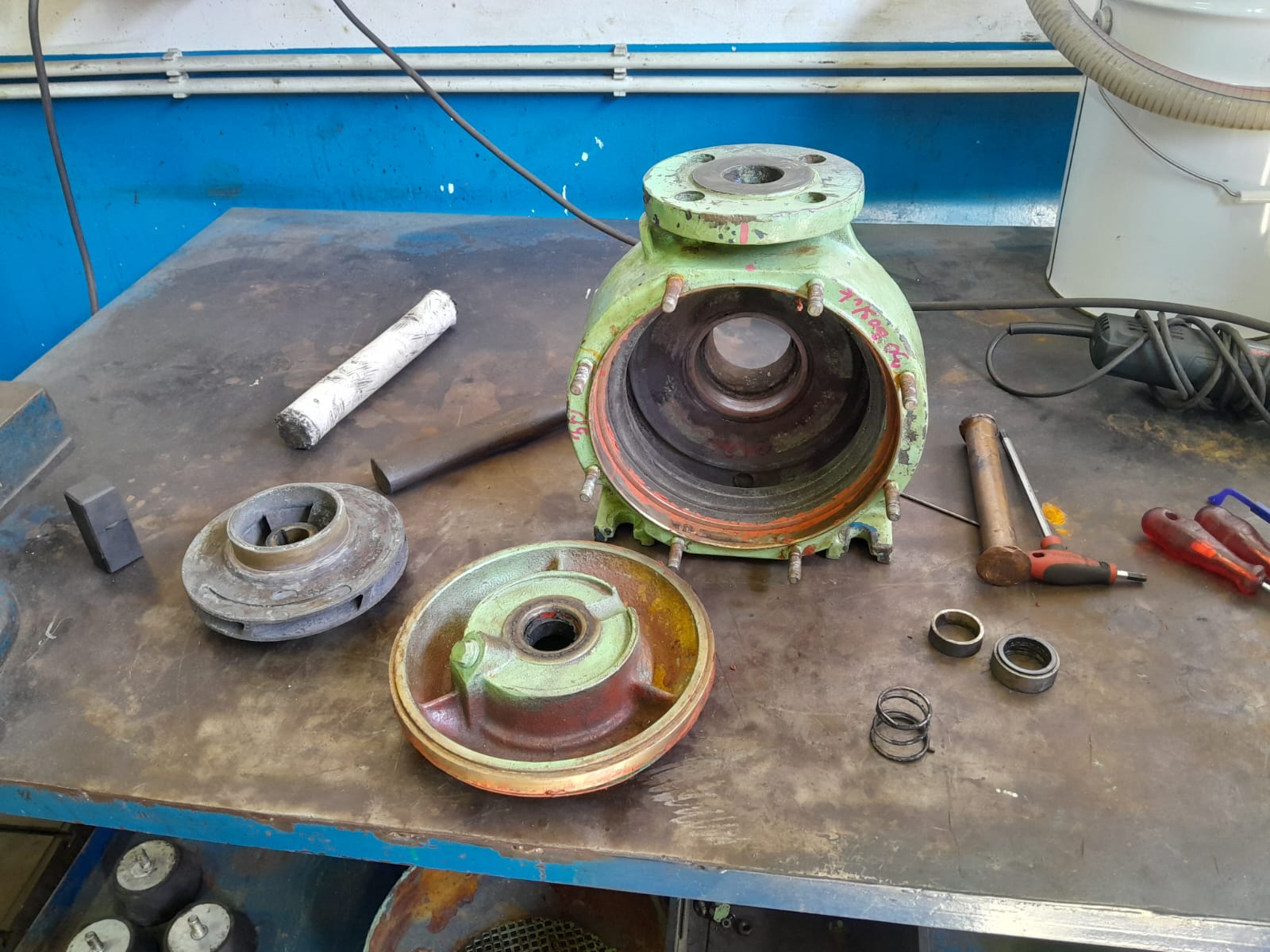Optimizing Energy Systems Through Inspection, Rewinding, and Performance Restoration
Electric motors and alternators play key roles in marine propulsion and auxiliary systems. Over time, their performance may degrade due to insulation failure or bearing fatigue. During servicing, units are dismantled and examined for wear, corrosion, or misalignment. Technicians clean rotors and stators using industrial-grade solvents or ultrasonic baths. If needed, windings are removed and replaced with copper coils of matching specifications. Bearings are exchanged and shafts rebalanced to prevent vibration and overheating. New insulation varnish is applied, then cured in a thermal oven for durability. Finally, all components are assembled under strict torque and alignment standards.
Following mechanical restoration, electrical diagnostics confirm operational integrity of repaired motors and alternators. First, resistance and insulation tests are conducted using calibrated megohmmeters. Then, test benches simulate load conditions to evaluate heat rise and power output. Voltage regulation is checked to ensure alternator responsiveness under fluctuating onboard loads. Additionally, motor alignment is verified for coupling with gearboxes or propulsion systems. If needed, cooling fans or housings are upgraded to support performance under extended duty. Protective enclosures may be repainted or replaced to prevent marine corrosion. All test results are logged and reviewed by certified marine engineers.
As a final step, repaired components are reinstalled and fully integrated into onboard power circuits. Cables are secured, terminals inspected, and safety breakers retested for compliance. Vessels may undergo a dockside function test to ensure load-bearing reliability. Alternators must supply uninterrupted current to navigation, lighting, and pump systems. Meanwhile, motors are run under normal duty cycles to monitor stability and output. Performance data is shared with classification bodies for documentation and compliance. Finally, operators receive a technical service log detailing repairs and recommendations. These efforts collectively restore dependable power to ensure seamless maritime operations.



















